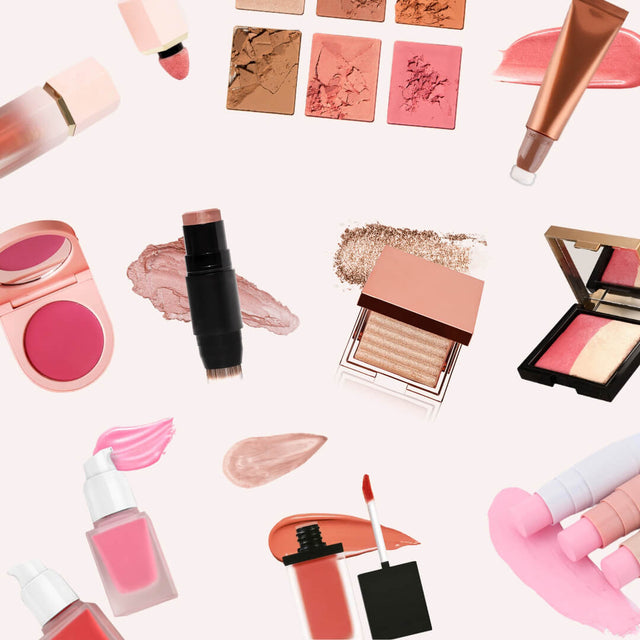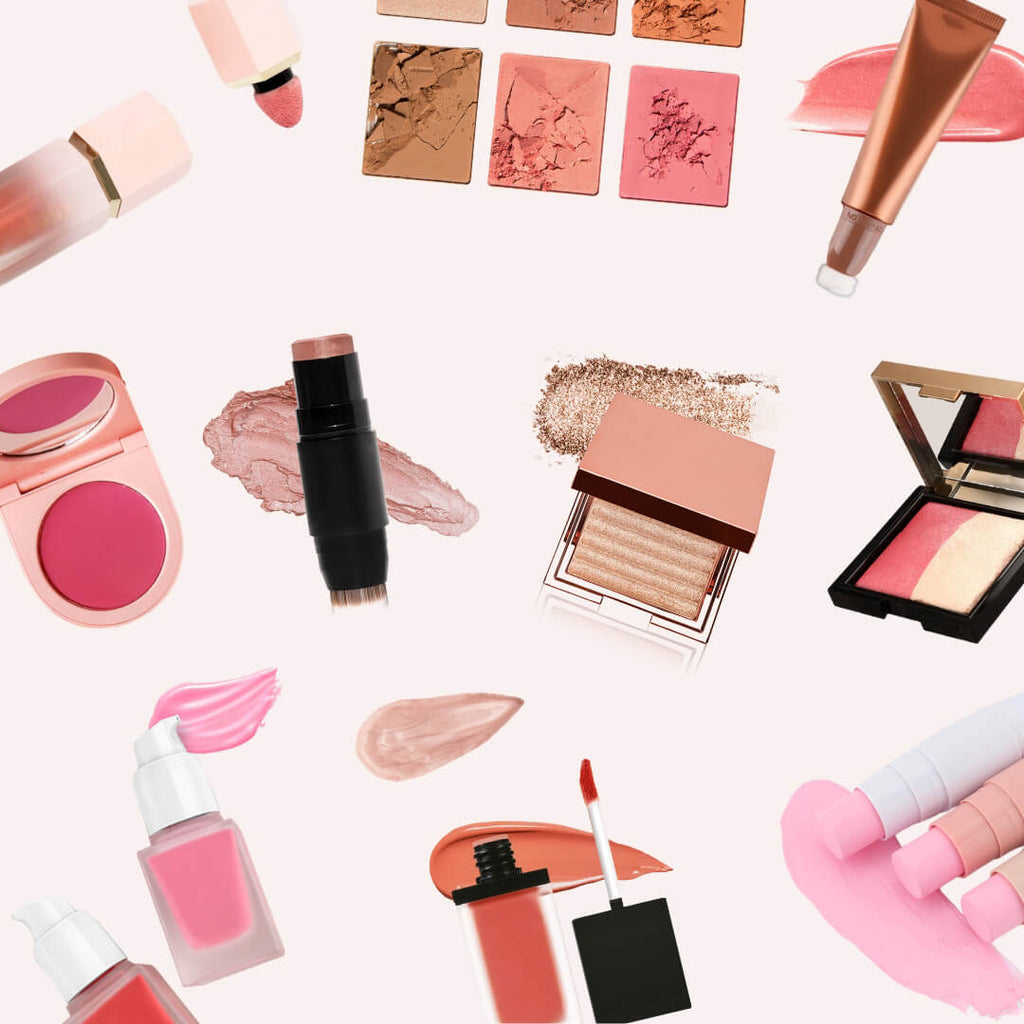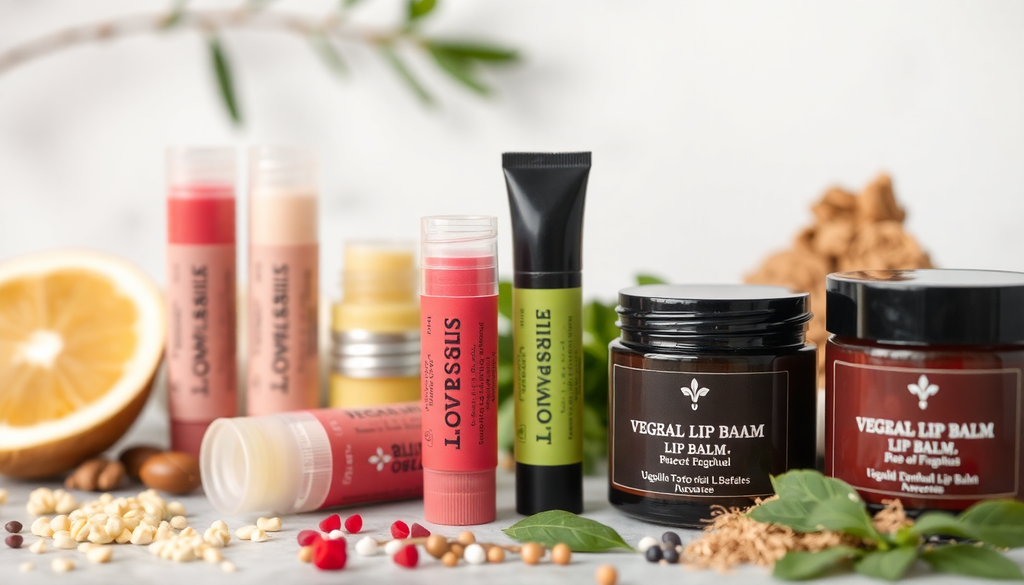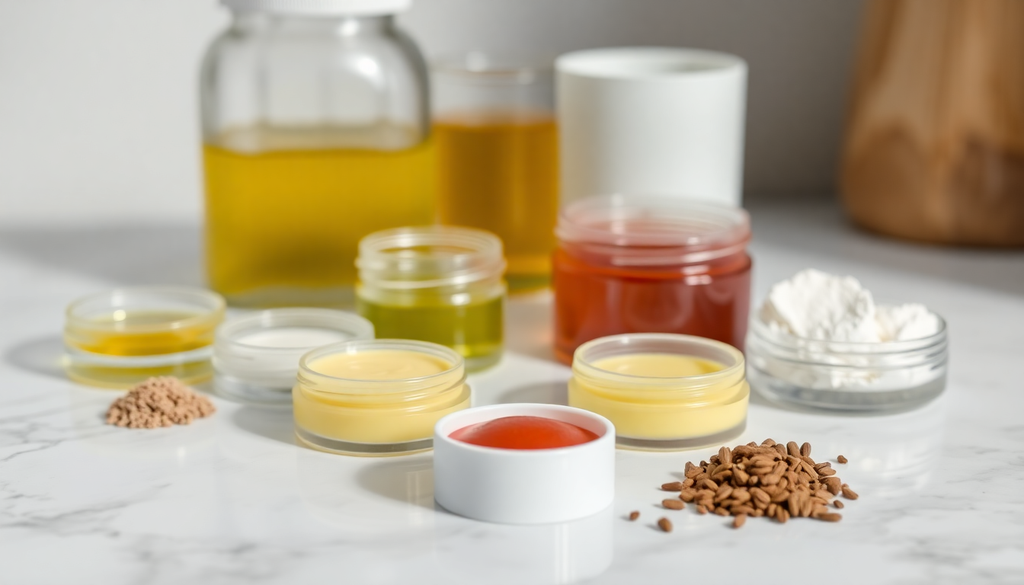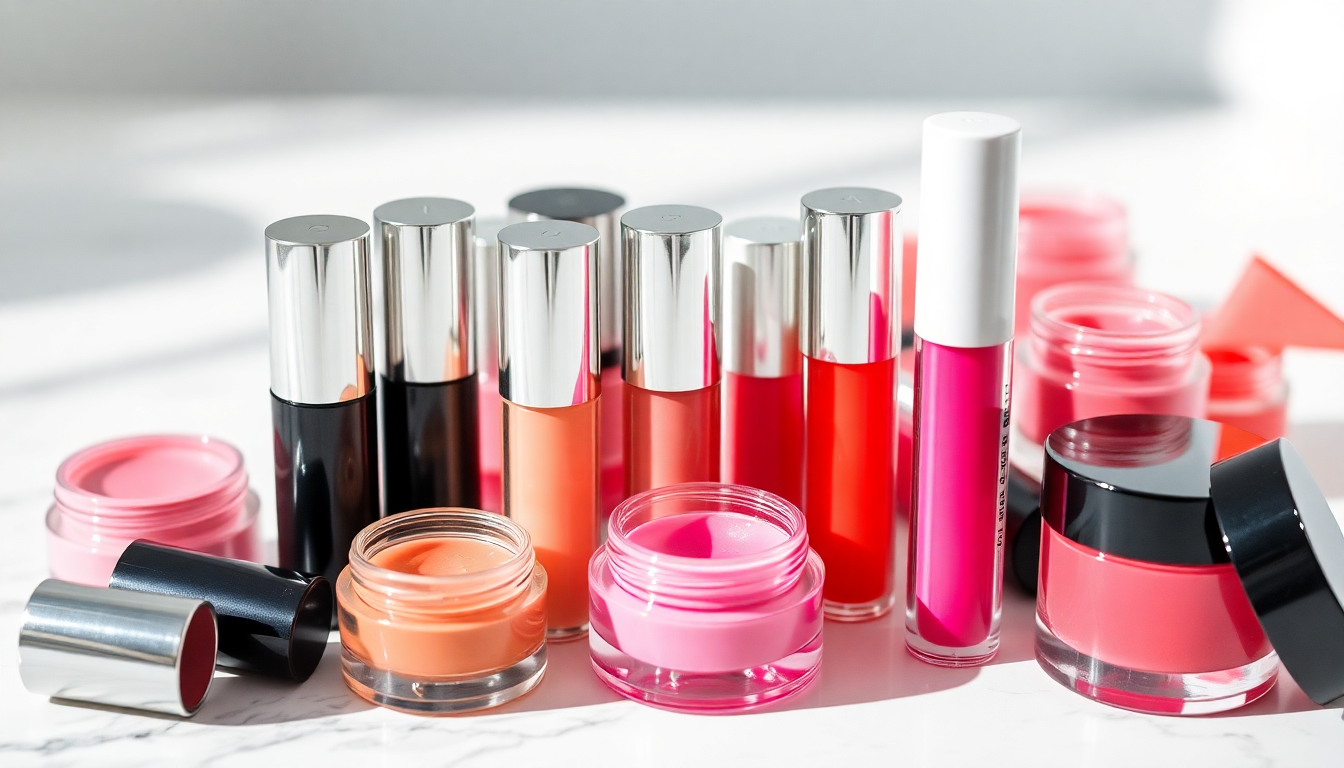
Step-by-Step Guide to Launching Your Private Label Lip Gloss in 2025
Ultimate Guide to Launching Your Private Label Lip Gloss Like a Pro in 2025
Why Lip Gloss Is Your 2025 Brand Launchpad (+Trend Data)
In 2025, the demand for high-quality, trendy lip glosses is skyrocketing among consumers of all ages. Industry reports reveal that the lip gloss segment has grown by 30% over the past year, with sales driven largely by millennials and Gen Z buyers who seek products with both aesthetic appeal and nourishing benefits. The appeal of lip gloss lies not just in its shiny finish but also in its ability to add a pop of color and hydration without the heaviness of traditional lipsticks.
Recent consumer trend insights show that glossy finishes grew 27% in Q1 2024 (Source: NPD Group). Moreover, the most popular shades are dynamic and seasonal: cool-toned nudes, vibrant corals, fiery reds, and subtle berry hues. These shades fit seamlessly into capsule collections that appeal to today's social media-driven beauty market. Starting a private label lip gloss line now gets you in front of a massive audience eager for cruelty-free, vegan, and sustainable options, making this the optimal time to launch your brand.
Step 1: Formulating Your Ideal Lip Gloss - Foundations for Beginners
Formulation is the backbone of your product’s success. Creating a lip gloss that stands out involves balancing aesthetics, comfort, safety, and cost. Here’s how to start:
Understanding Basic Components:
- Clear, non-sticky bases: Choose carriers like castor oil, jojoba oil, and beeswax or candelilla wax if vegan. The goal is a smooth, shiny product without tackiness.
- Pigments and colorants: Use FDA-compliant, cosmetic-grade pigments for vibrant, stable colors. Focus on uniform dispersion to prevent streaks.
- Additives: Incorporate shimmer particles, plumping agents like capsicum or cinnamon, or nourishing vitamins (like E or C) for added appeal.
Beginner-Friendly Formulation Tips:
- Start with simple, well-tested formulations—avoid complex emulsions until you're more experienced.
- Use vegan, plant-based oils and waxes to appeal to eco-conscious consumers and comply with current standards.
- Ensure your formula passes stability tests for temperature, light, and humidity fluctuations.
Checklist for a Strong Lip Gloss Formula:
- Non-sticky, smooth texture
- Vegan and cruelty-free ingredients
- Long shelf life and stability
Step 2: Packaging That Captures Attention and Sells
Effective packaging is crucial for standing out on digital shelves and in physical retail spaces. Your choice must align with your target market’s preferences and your budget.
Entry-Level Packaging Options:
- Sleek plastic tubes: Cost-effective ($0.50 - $0.80/unit MOQ 500+). Look for options with standard brush applicators or cushion wands for easy, mess-free application.
- Miniature glass jars or pots: Ideal for sampling or luxury lines—more expensive but increase perceived value.
- Recyclable or sustainable materials: Recycled plastic, bamboo caps, or sugarcane-derived tubes to appeal to eco-conscious buyers.
Luxury Packaging Upgrades:
- Custom embossed or metallic-finished tubes
- Weighted glass jars with high-quality applicators
- Limited-edition design collaborations or personalized labels
Always confirm your manufacturer’s minimum order quantities, lead times, and sustainability certifications. Don’t overlook the importance of packaging durability and shelf life compatibility.
Packaging Tips for Success:
- Start simple—functional, attractive packaging that aligns with your branding.
- Scale gradually to incorporate sustainable and premium designs as your brand grows.
- Test packaging’s integrity, ease of use, and overall consumer appeal before large-scale ordering.
Step 3: Color Selection Science - From Pantone to Profits
Choosing the right shades is akin to building a versatile wardrobe—each color should serve multiple styling needs and appeal to your audience. Here are expert strategies:
Core Shades to Launch With:
- Nude – a must-have, universally flattering for all skin tones.
- Pink – soft or bubblegum for everyday glamour.
- Coral – vibrant and eye-catching for summer and spring collections.
- Red – classic, bold, and trend-resistant.
- Berry – deep, moody shades for fall and winter.
Use Pantone color codes for precision and consistency. For example:
- Pantone 16-1358 TCX (Vibrant Coral)
- Pantone 17-1513 (Rich Burgundy)
Seasonal and Trend-Driven Shades:
- Stay ahead of trends by researching runway and social media highlights—incorporate new shades each season.
- Consider transitional shades that work year-round, like soft mauves or sheer glosses.
Color Consistency & Stability:
Work closely with your manufacturer to ensure pigment stability over time, avoiding color fading or uneven dispersion. Test batches extensively before launching.
Color Selection Checklist:
- Choose 5 core shades with broad appeal and seasonal adaptability.
- Reference Pantone codes for each shade for accuracy.
- Conduct stability tests across different temperatures and lighting conditions.
Step 4: Cost Control and Manufacturing Strategies
Keeping costs in check is essential for a successful launch, especially as a startup. Here are insider tips to optimize your budget:
Understanding Budget Breakdowns:
- Formulation costs: Small-batch formulations typically start at $1.20 - $2.50 per unit at MOQ 500, depending on ingredients and complexity.
- Packaging: Basic plastic tubes run around $0.50 - $0.80/unit, with premium options costing more.
- Certifications & testing: Budget for stability, safety, and potential organic or cruelty-free certifications—these can add $500 - $2000 initially.
Hidden Cost Alerts:
- Shipping tariffs and customs fees—plan these into your initial budget.
- Additional services like labeling, branding, and artwork design.
- Lead times may extend if you order custom packaging or specific ingredients, impacting cash flow.
Actionable Cost Control Strategies:
- Request detailed quotes with breakdowns before committing.
- Negotiate MOQs; many manufacturers are flexible for initial orders.
- Invest in testing early to avoid costly product recalls or reformulations later.
Manufacturer's Corner: How We Make Lip Gloss Development Seamless
Partnering with a knowledgeable manufacturer simplifies your journey. Our process includes:
- Comprehensive consultation to understand your vision.
- Collaborative formula development, offering samples at each stage.
- Design support for packaging, branding, and labeling.
- Rigorous stability, safety, and quality testing to ensure compliance.
- Transparent timelines, pricing, and ongoing communication to keep you informed every step of the way.
We're committed to helping small and medium beauty startups bring their lip gloss ideas to life quickly, affordably, and with confidence. Our aim is to eliminate the typical headaches of private label manufacturing and empower you to succeed in a competitive market.
Ready to start creating your dream lip gloss? Request our lip gloss starter kit today and take the first step toward launching a stunning, high-demand product that captures your brand’s essence!

